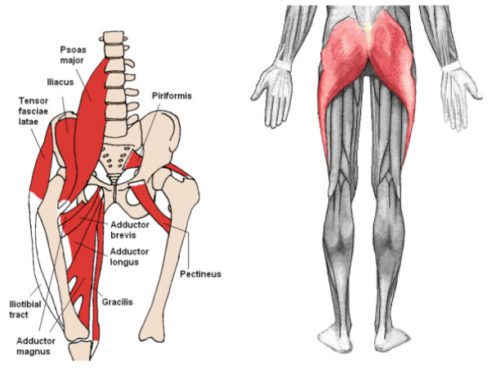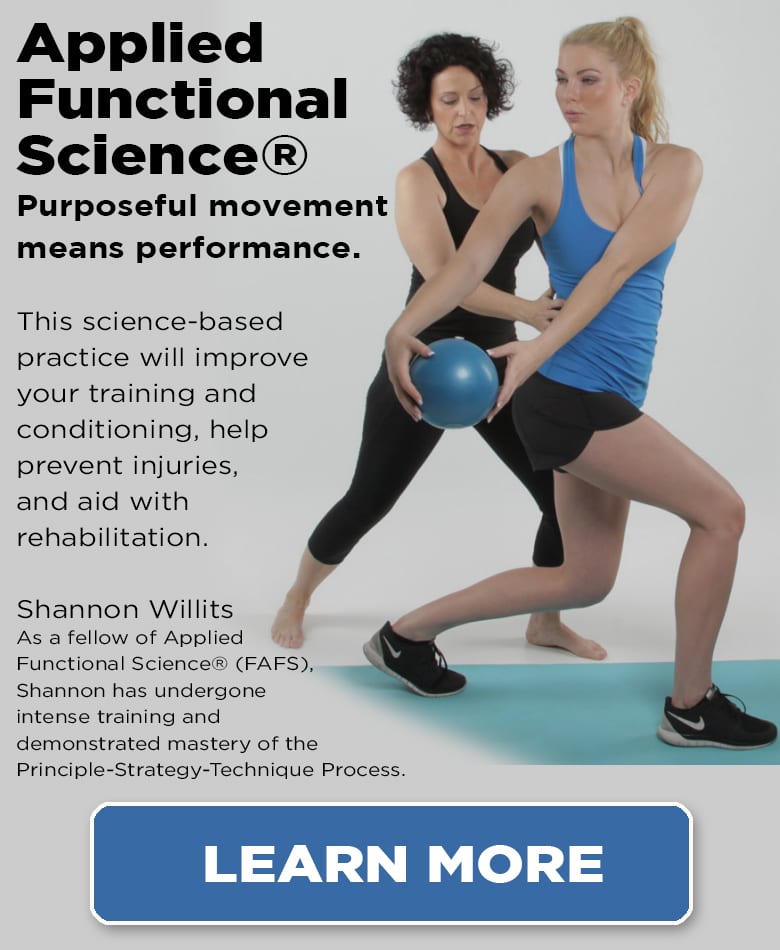Know Your Core: Get a Static Postural Analysis and a Gait Assessment
7 Part Series
If you’ve ever seen celebrities with beautiful flat, sculpted abs and perfect posture and wished that you could have that too, I’m here to tell you a Pilates practice can provide that. Over the next few weeks, I’m going to give you the 7 Steps to Perfect Posture and a Healthy Core through Pilates, and it will put you on the path to the body shape you’ve dreamed of. This program, like all healthy body regimes, requires persistent and consistent practice of the techniques and is only for the deeply committed. It takes time, but if you’re ready to make the commitment, I promise amazing results.
Step 1 – Know Your Postural Type First: Get a Postural Analysis and a Gait Assessment
Let’s face it, we all have different body issues, and different posture. However, these can be broken out into several different posture types which need various kinds of attention when exercising to achieve great results without causing injury.
My first suggestion is something you should do before you even begin a true Pilates program. I suggest getting a postural analysis and gait assessment to determine your posture type. This will establish a baseline for starting your steps to core stability, perfect posture and a healthy back. This is the best way to set you up for success. You need to understand your posture type before working on your posture.
You can get a postural analysis and gait assessment either through a qualified Pilates instructor or a physical therapist. You want to be sure they document what they find and give you a copy so you can chart your postural achievements as you work on them.
Know Your Core Muscles and Their Function

 Improving your posture is really training your core, so getting familiar with your basic anatomy is helpful for creating a purpose driven experience. Knowing your anatomy provides you with understanding about why you are doing a particular movement. Your initial postural assessment should include introducing you to your “core” muscles. Your posture is unique, so your core and posture workouts should be unique also.
Improving your posture is really training your core, so getting familiar with your basic anatomy is helpful for creating a purpose driven experience. Knowing your anatomy provides you with understanding about why you are doing a particular movement. Your initial postural assessment should include introducing you to your “core” muscles. Your posture is unique, so your core and posture workouts should be unique also.
So, let’s take a look at the anatomy of what we call The Core. The core muscles include the breathing diaphragm, transversus abdominus (TVA), multifidus, internal and external obliques, and pelvic floor. These muscles provide a stable base from which other body parts can work.
The Transversus Abdominus (TVA): Remember those flat sculpted abs you were envying; well, the TVA muscle is the key to having those abs. This muscle corsets around your trunk and attaches to the connective tissues of your lower back. A strong TVA is important for trunk control. When you have a healthy functioning core, the TVA, multifidus, and pelvic floor muscles all contract together just before movement. A good example is when you reach across the dining table to set down a plate, the TVA, multifidus, and pelvic floor muscles contract together before you reach across to stabilize the spire prior to movement.
 The Multifidus: A muscle located along the back of the spine, if you think of the TVA as the corset, then the multifidus are the “laces” in the back. You know your multifidus group is working well when you can stabilize your spine and pelvis in a variety of progressively challenging exercises.
The Multifidus: A muscle located along the back of the spine, if you think of the TVA as the corset, then the multifidus are the “laces” in the back. You know your multifidus group is working well when you can stabilize your spine and pelvis in a variety of progressively challenging exercises.
The Pelvic Floor: The muscles of the pelvic floor are the foundation for the core of the body. The pelvic floor muscles are shaped a little like a hammock at the base of the pelvis. These muscles help stabilize the pelvis and spine but also support the organs like the bladder and uterus. Weakness in the pelvic floor muscles can lead to problems like incontinence or diminished sexual enjoyment. Pelvic floor weakness can also lead to structural imbalances that, in turn, can lead to back pain and create compensations throughout the body. Simple breathing and imagery exercises can also retrain this muscle group.
Unfortunately, your core muscles are very sensitive to injury. Even one episode of low back strain can impair the timing in how this group of muscles activates, leading to weakness and instability. Most people have some form of core instability from back injuries, abdominal or pelvic surgeries, lack of use, genetic asymmetries or even pregnancies and more. If this dysfunction is not corrected, even after an individual’s pain has subsided, the chronic instability will increase the chances of getting reinjured over time. (From Diane Lee, BSR FCAMT CGIMS, “Multifidus: Location, Function & Dysfunction.”)
Fortunately, the TVA, multifidus and pelvic floor contraction timing can be retrained with simple breathing and imagery exercises as I will describe in Step 3.
 Strength in Your Glutes
Strength in Your Glutes
The gluteus maximus is the largest of the gluteal muscles and one of the strongest muscles in the body. To protect your lower back from strain and injury, you need strong glutes muscles. Unfortunately, many of us have sedentary lives and sitting for extended periods of time can lead to atrophy of the gluteus maximus, which has been associated with lower back pain.
As you can see in this picture, the muscles surrounding the hips are very complex. I think of this area as my “pelvic core.” It is important to functionally lengthen and strengthen the front butt, back butt, and side butt to create balance and symmetry through the pelvic core. It is important that all of these muscles are equally lengthened and strengthened for perfect posture and a healthy core.
Step 2 will publish on Dec 16, 2022



